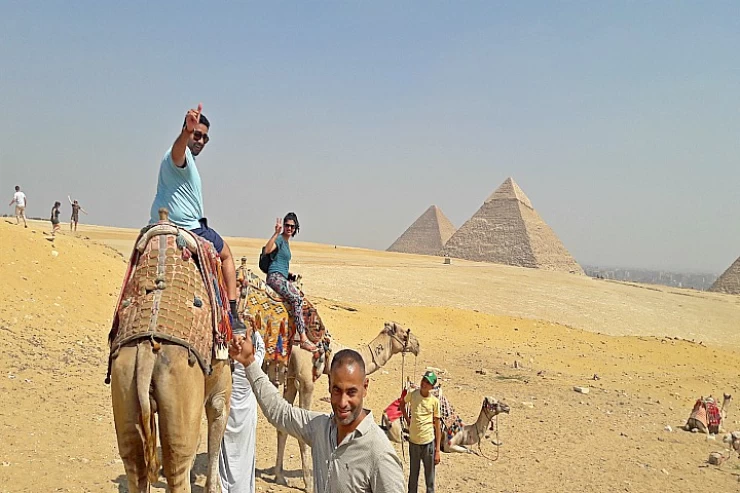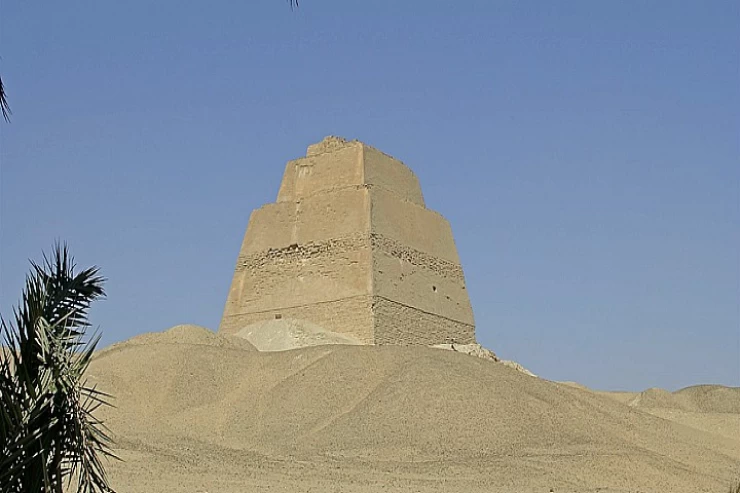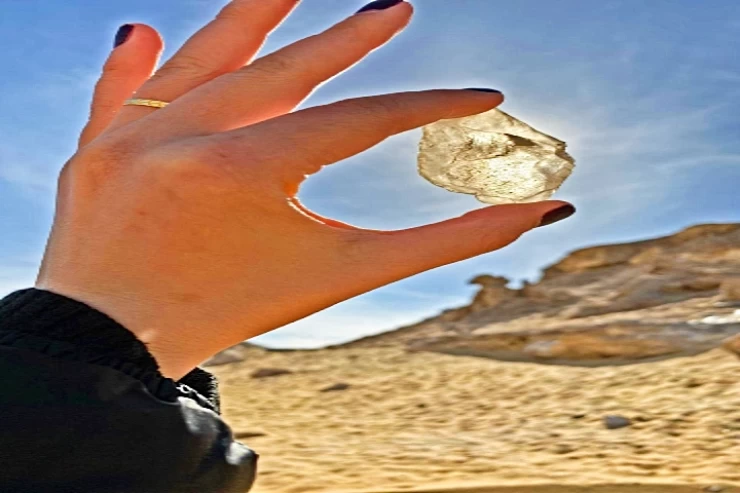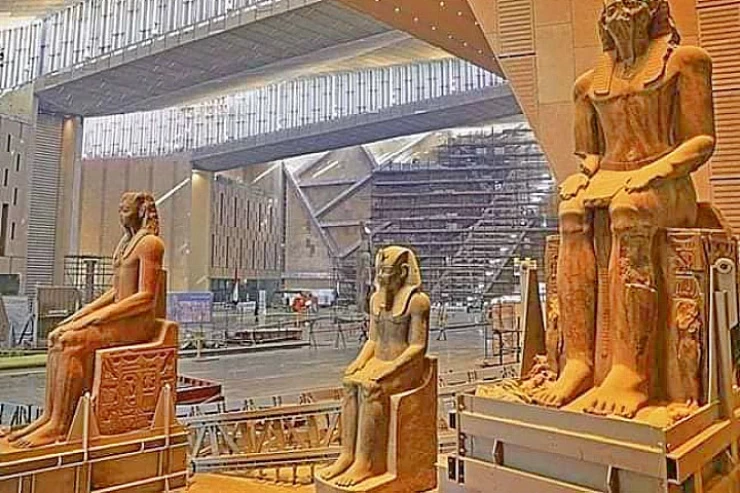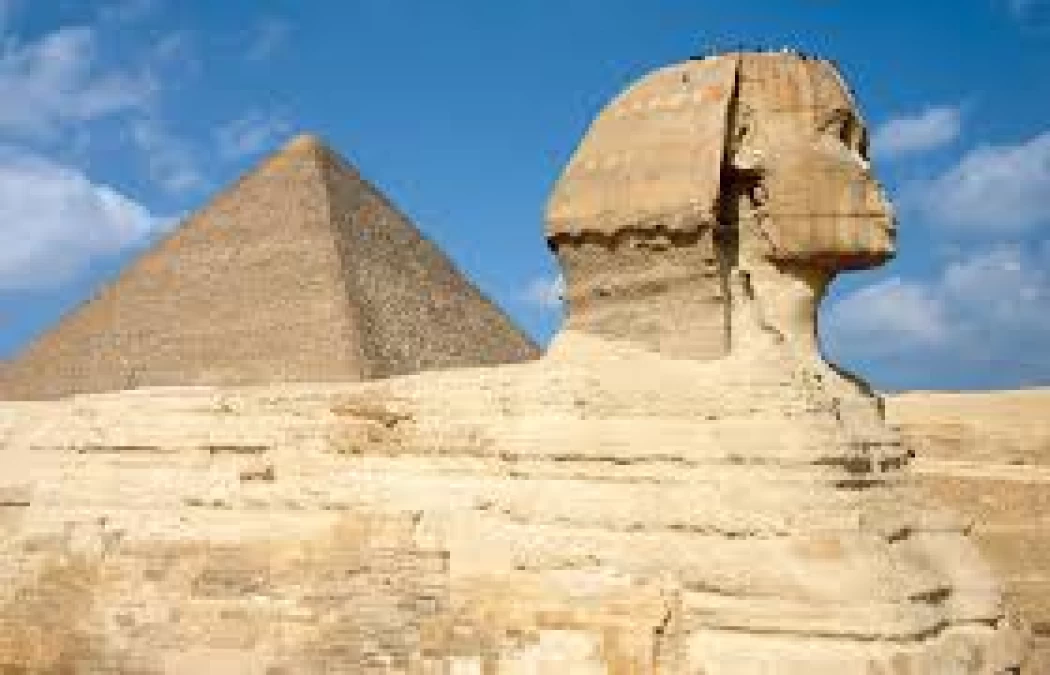
The Old Kingdom in Egypt
The old kingdom
The Old Kingdom of Egypt includes many great dynasties and great works, from which many important monuments have survived, which are considered one of the most important and largest buildings in attracting people from all over the world.
The Old Kingdom is divided into several dynasties and periods, it began with King Narmer, who united Egypt and made it a single country, and this kingdom continued until the first transitional period of King Pepe II, who is considered the longest-ruling king in Egypt.
The Old Kingdom left us many monuments, the most important and greatest of which are the pyramids in Giza. It is considered in this era as something different that did not happen before and to this day will not happen because it is a unique achievement and a great monument left to us by the pharaohs.
About the first two dynasties, not much happened, so the third dynasty.
It started with King Djoser, the owner of the Step Pyramid, or as it is called the Pyramid of Saqqara, which historians suggested is not a pyramid, but rather a mastaba-shaped tomb, as it is very similar to the tombs that preceded it, and Djoser also built his temple in Saqqara next to the Step Pyramid, and Djoser tried to do a trick in his pyramid to avoid being stolen, but he did not succeed, as all his belongings and his body were stolen as well.
After Djoser, there were kings who tried to construct better pyramids than Djoser, such as Sekhem Khet and his pyramid in Saqqara, as well as Kings Snefru and Huni, who scholars disagree on which of them built the pyramid of Meidum.
Fourth dynasty
It started with King Sneferu, who constructed a pyramid in Dahshur and is considered the first original pyramid, but he was not like his successors, such as what his successors would do, especially his first successor, King Khufu, the greatest achievement in history, then his son King Khufu followed him and built the middle pyramid, but there are differences about who built the Sphinx, but the most common probability is that Khafre built it and the middle king of the third Dynasty and the owner of the last great pyramid, King Mankhaura, who is the last great pyramid.
As it is argued that the pyramids were constructed by slaves, this is false, as evidence proves that they were the builders of the pyramids, and they had all kinds of care for them and their families, and they also had houses dedicated to them, which indicates that those who built the pyramids were Egyptian builders, not slaves.
Fifth dynasty
The first three kings of this dynasty were honored and worshipped in this dynasty, the sun god Ra, where the Temple of the Sun was built, which is considered the most famous building in this dynasty, passing through many kings until King Onas, whose tomb was distinguished by distinctive inscriptions from the rest of the tombs in his era.
Sixth dynasty
This dynasty began during the reign of King Teti, who was said to be killed by his guards, and this dynasty continued through Mern Ra until it ended during the reign of King Bibi II, who ruled Egypt at the age of 6 years, and thus the Old Kingdom ended, and the Middle Kingdom began with new kings and different events.







